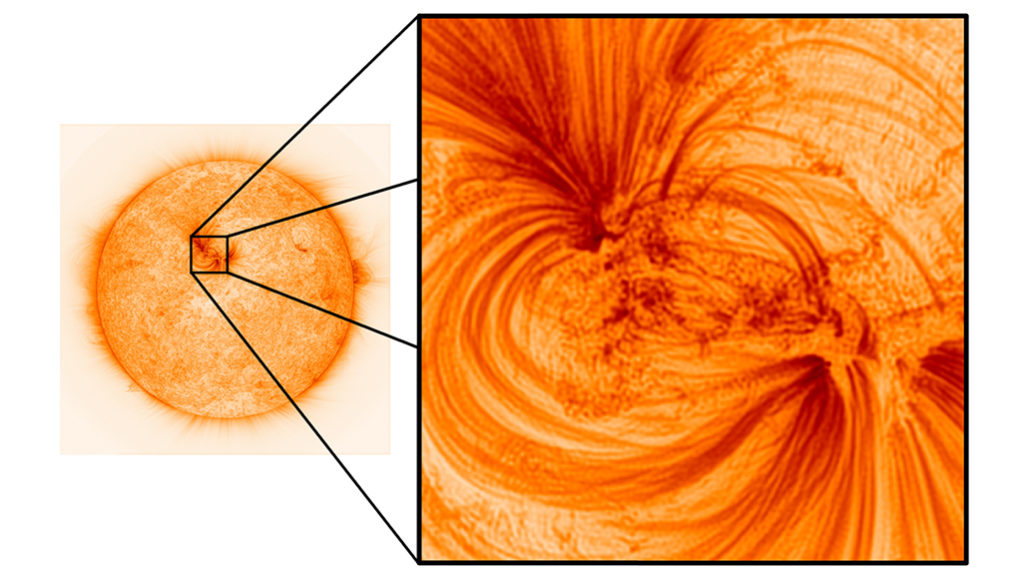- NASA’s Hi-C 2.1 telescope captured the Sun’s tiny plasma threads in never-before-seen detail.
- The threads make up the coronal loops that twist out of the star, and the smallest of the threads measures around 200 km wide.
- The researchers say we need a more powerful solar observatory if we are to learn more of the Sun’s secrets.
- Visit BGR’s homepage for more stories.
Images captured by NASA’s High-Resolution Coronal Imager (Hi-C for short) reveal new secrets about our Sun and the surprisingly intricate processes constantly happening in its outermost layers. With levels of detail never before attainable by Sun-gazing hardware, the images point to delicate flows of energy in our star’s atmosphere.
As ScienceNews reports, the images are the subject of a new research paper published in The Astrophysical Journal, and they are shedding new light on coronal loops. Coronal loops are massive, curved pillars of plasma that are generated by the Sun’s powerful magnetic forces. Thanks to these sharper-than-ever images of the loops, we can see that they’re actually made up of many tiny “threads.”
Observations of the Sun are difficult for one very obvious reason: It’s very, very bright. Scientists use instruments that detect specific wavelengths of light in order to get a clearer picture of what’s happening amidst the inferno, but oftentimes structures like coronal loops appear blurry or hazy.
NASA’s Hi-C spacecraft program is constantly improving upon the hardware it sends into space. The imager itself is small, and after it’s fired into space it has roughly five minutes to make its observations before it tumbles back toward Earth. NASA has upgraded the Hi-C over time, and these images were snapped during the third mission, with a Hi-C model 2.1 that was capable of more detailed observations than previous versions.
The tiny strands we see in the images are actually still pretty big, measuring roughly 513 km in diameter. However, the smallest of the strands measure only around 200 km in width, which is incredibly thin when we’re talking about an object as large as a coronal loop. Determining the substructure of a loop, if one exists, is important to our understanding of the Sun’s atmosphere.

The images are pure eye candy, but they also hold incredible scientific value. So much, in fact, that the researchers argue the images are proof that serious technological advancements are needed, and that highly-detailed observations of the Sun should be a priority.
“It is found that Hi-C 2.1 can resolve individual strands as small as ≈202 km, though the more typical strand widths seen are ≈513 km,” the researchers write. “For coronal strands within the region of low emission, the most likely width is significantly narrower than the high-emission strands at ≈388 km. This places the low-emission coronal strands beneath the resolving capabilities of [the Solar Dynamics Observatory], highlighting the need for a permanent solar observatory with the resolving power of Hi-C.”








